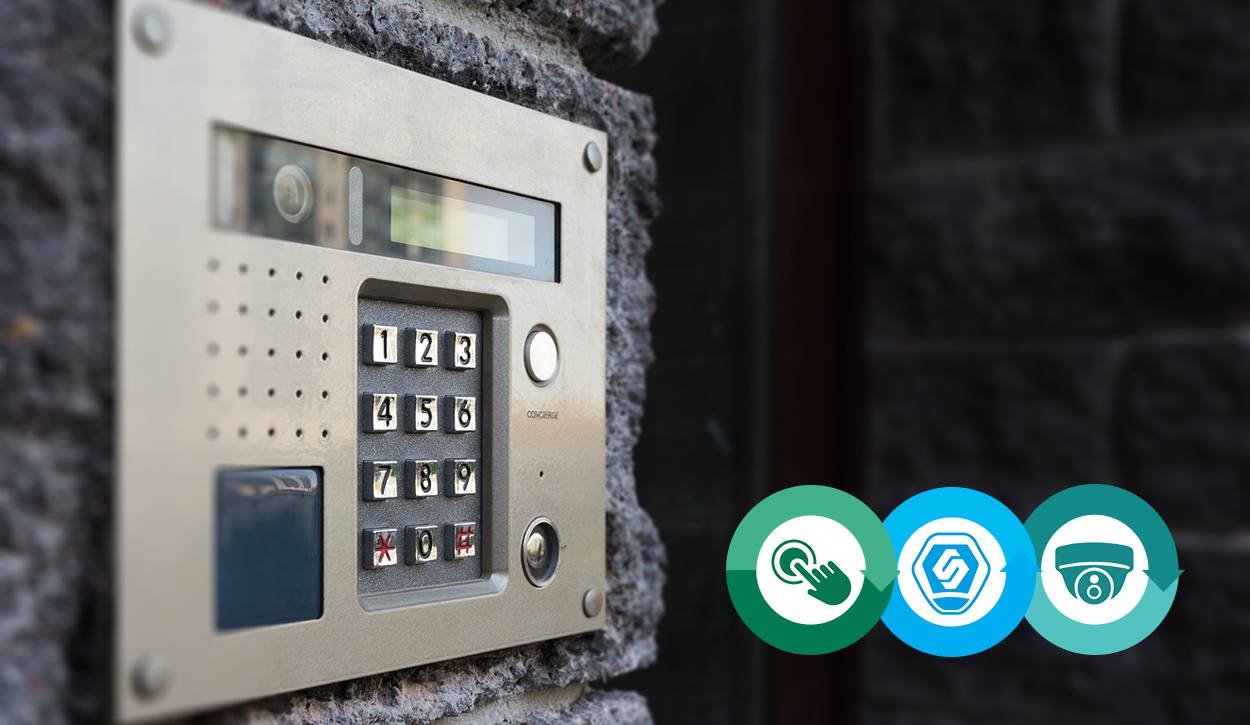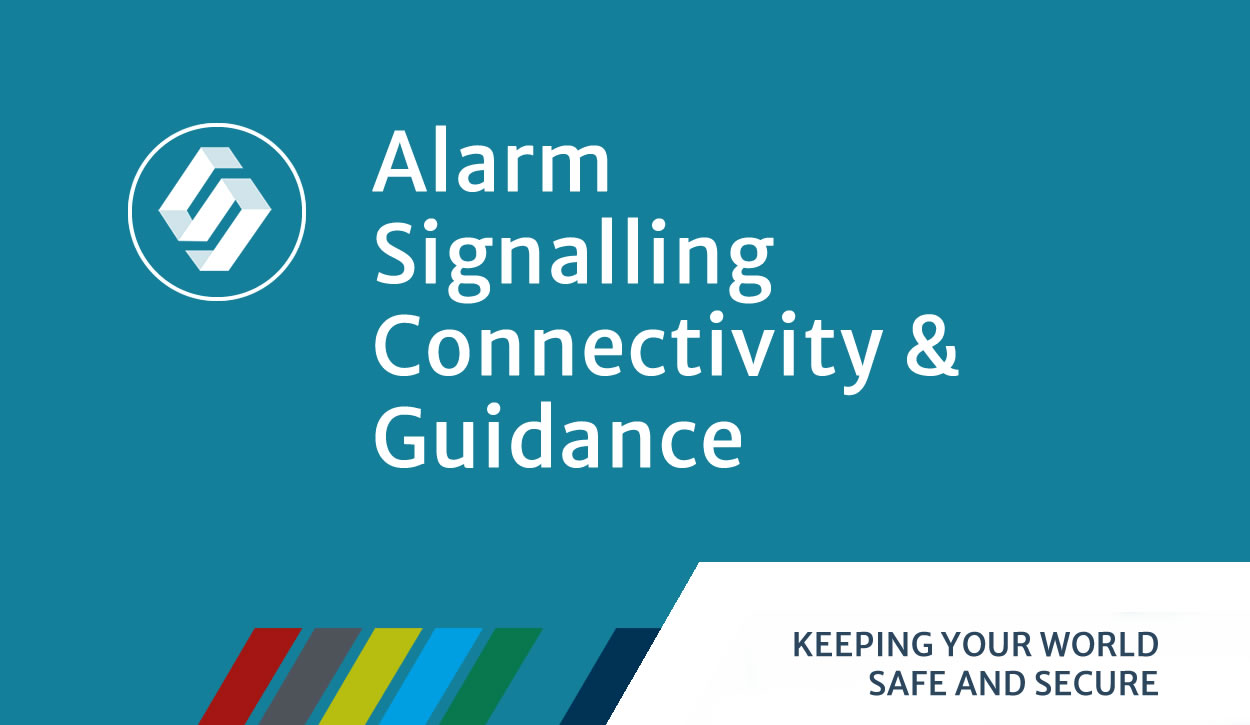Alarm Signalling Connectivity & Guidance
In Spring 2024, BT announced that it will withdraw Redcare operations on August 1, 2025. This unexpected decision has significant implications for the commercial alarm industry. While monitoring operations will continue for the next 18 months, existing customers should understand the importance of this announcement. To maintain appropriate remote signalling arrangements and ensure continued compliance with insurance requirements, necessary changes to alarm installations will be required. The announcement and the upcoming closure of their signalling platforms led to various articles from suppliers, membership associations, insurers, insurance brokers, and approval bodies which have been published across the wider industry.

SS Systems is on hand to discuss any aspect relating to alarm signalling, connectivity and guidance in relation to your security requirements especially if you are using this service. BT Redcare provides a secure method of alarm monitoring. This service ensures continuous monitoring of a BT telephone line, connecting a professionally installed alarm system on your premises to an alarm receiving centre. The outcome is constant protection of your property, round the clock, every day of the year. The system could also be used for other types of monitoring too, for instance for gas leaks or flooding.
When your insurance policy includes an intruder alarm condition, it commonly requires that the system is maintained in full and efficient working order under an ongoing maintenance contract with an alarm company. Additionally, the system must be registered with an alarm receiving centre that is eligible for police response. This guidance aims to clarify specific requirements for secure alarm signalling, which are particularly relevant to insurers and other specifiers.
Signalling Standards – EN50136 Overview:
• Part 1: EN50136-1 – General requirements for Alarm Transmission Systems (ATS)
• Part 2: EN50136-2 – Requirements for Supervised Premises Transceiver (SPT)
• Part 3: EN50136-3 – Requirements for Receiving Centre Transceiver (RCT)
Insurers and specifiers who require secure alarm signalling for commercial and high-value domestic premises typically look for solutions that meet Category DP3. This certification ensures that the system is independently verified to meet the highest current standards. It covers alarm message transmission systems, provides industry guidance on ATS configuration, transmission network security, and encryption.
Other signalling categories, such as SP2 and DP2, may be accepted depending on the specific situation and whether the installation is domestic or commercial. Bespoke solutions may also be specified based on risk assessment. Businesses and individuals should seek guidance from their insurance broker or insurer, as advice in this area is regulated in the UK by the Financial Conduct Authority.
To obtain certification to the system standard EN50136-1, both the equipment (RCT, EN50136-3) and the SPT (EN50136-2) must be certified together. Certification of the SPT alone is not sufficient. SS Systems are available for a confidential and formal discussion on all alarm, access control and security measures relating to current and future standards and contract servicing. The changes stated in this article make it the perfect time for you to consider alternative options and the team at SS Systems are in a position to support you with any questions you may have.
#FireAlarms #FireRiskAssessment #FireSafetyEquipment #FireAlarmMaintenance #AccessControl #CCTV

